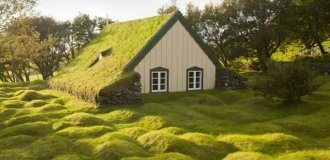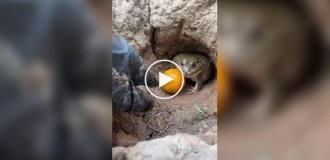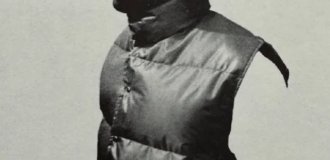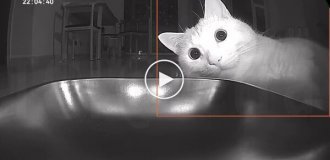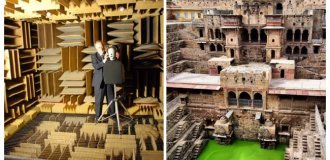Modeling a military miniature from plasticine (69 photos)
The girl Katya writes in the Leper Colony about her father, that he died early after an illness, and about his hobby: My father had a hobby, a lifelong passion - sculpting military miniatures. Small, about 1:54 scale, plasticine soldiers.
He did it himself. His collection includes the armies of Russia and many European countries, wars of several centuries. Each series is neatly laid out in a corresponding box, each soldier stands on a stand, on the back of which it is signed which period and specific unit it belongs to. My father used his own abbreviations and tried to write signatures in the language of the country whose army he was sculpting. But transcripts of all this can be found - he kept notes punctually.


1. The soldiers are dressed in strict accordance with historical realities: before sculpting, my father studied tons of military literature, including in the original languages, for which he kept a whole library of dictionaries. And military books. And photocopies of rarities, and in modern times - electronic versions.
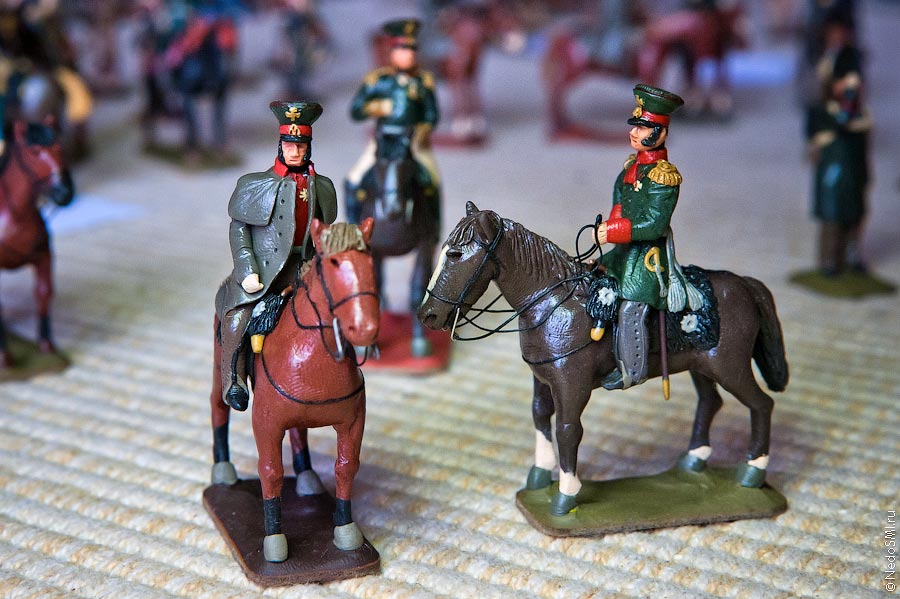
2. He was a walking encyclopedia and could justify everything he did, down to the last galunt on the last private. His knowledge went with him, but his work remained. Soldiers... thousands. We have a huge collection, and now I really want not to let this entire legacy of an as yet unknown master go to waste.

3. There are thousands of small, 1:54 scale, three-centimeter soldiers.

4. The wire frame is wrapped in plasticine of the main color, outerwear and all elements are placed on top, heads are made separately and placed on the body

5. The face is all plasticine.
For the details of the form, he used a lot of available materials - rope, foil, wire, hair. What couldn’t have been done in the right color from the start was painted. Previously - with a stick with paint on the end, in modern times - with a gel pen, of which he has a great variety of incredible colors.

6. My father sculpted all his life, and Soviet plasticines are also available. I can’t say whether they differ from modern ones in quality, but before sculpting he always did a test for causticity - he placed a dot of white plasticine on the block and waited for about a day to see if it would color.
The figures are stored in cardboard boxes made from A4 paper. The box contains five cardboard “shelves” (my father glued them himself), each with soldiers and/or horses. The boxes are on the mezzanine and in the closet. Basically, everything is kept in a dark, cool place and is still alive.

7. What’s most interesting is that he used ordinary plasticine from a stationery store. with funny lion cubs on the packaging and so on. He did all this for himself, in the hope of someday finding a lot of time and free space to put his figures on the “battlefield” and finally play in the war. About twenty years ago they were doing this in a club, but since then they had never met, and “the game” remained his dream. All these figures were made for “game”.

8.

9.

10.

eleven.

12.

13.

14.

15.

16.

17.

18.
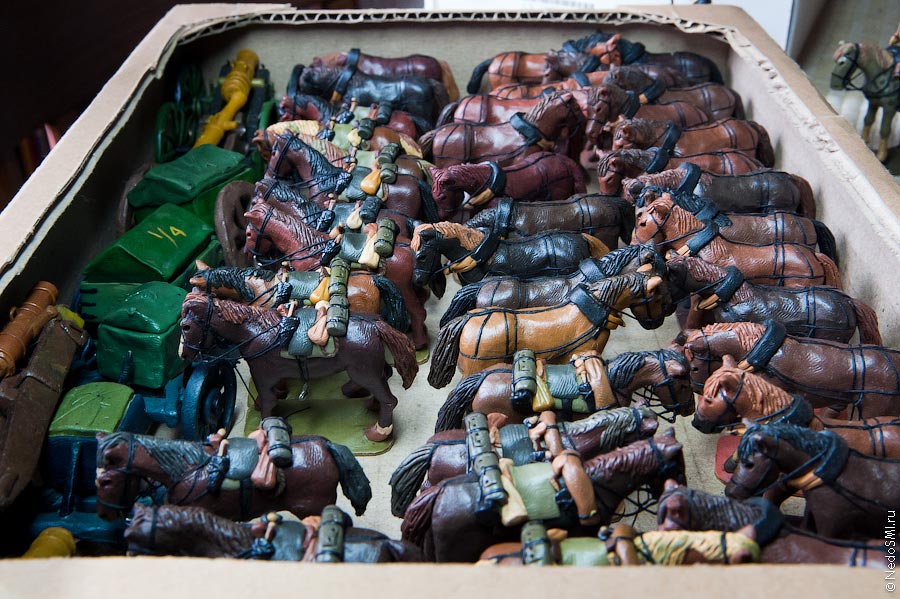
19.

20. – The figures are stored in cardboard boxes made from A4 paper. The box contains nine “shelves” (my father glued them himself), each with soldiers and/or horses. The boxes are on the mezzanine and in the closet. Basically, everything is kept in a dark, cool place and is still alive.

21.

22.

23.

24.
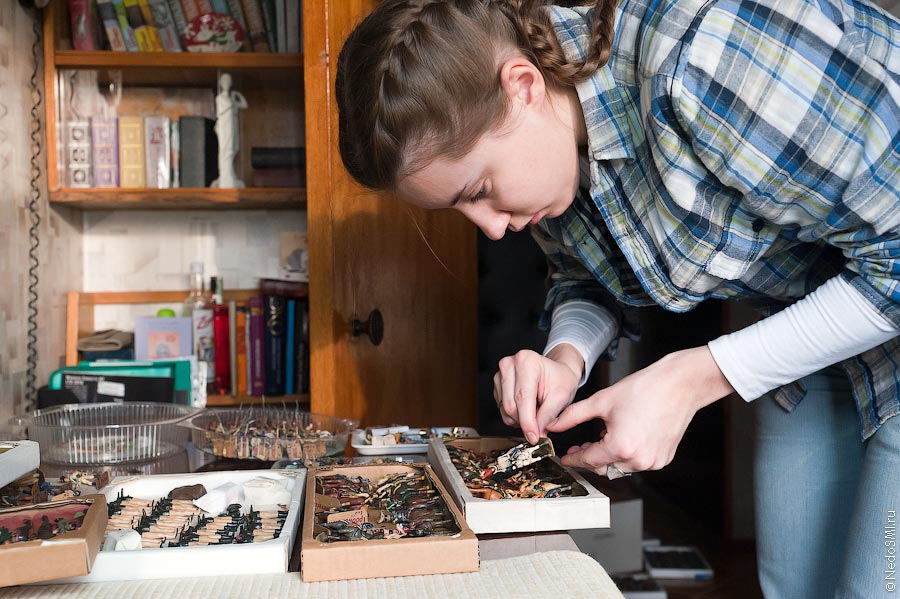
25.

26.

27.

28.

29.

30.
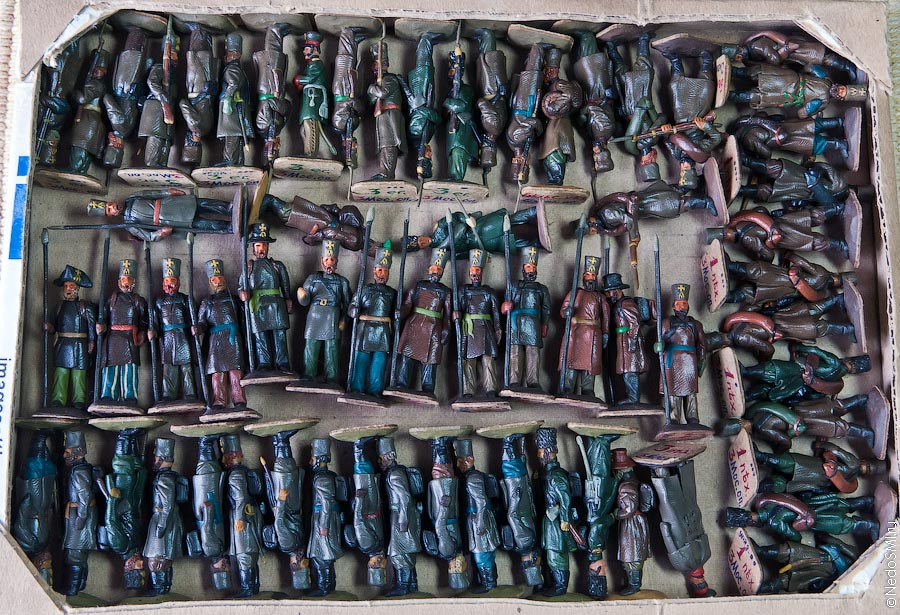
31.

32.

33.

34.

35.

36.

37.

38.

39.

40.

41.

42.

43.

44.

45.

46.

47.

48.

49.

50.

51.

52.

53.
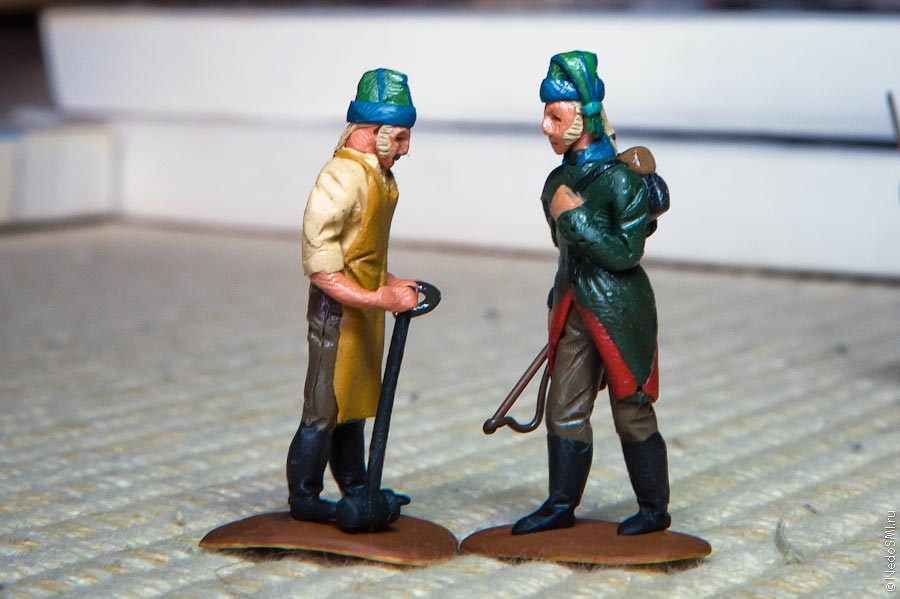
54.

55.

56.

57.
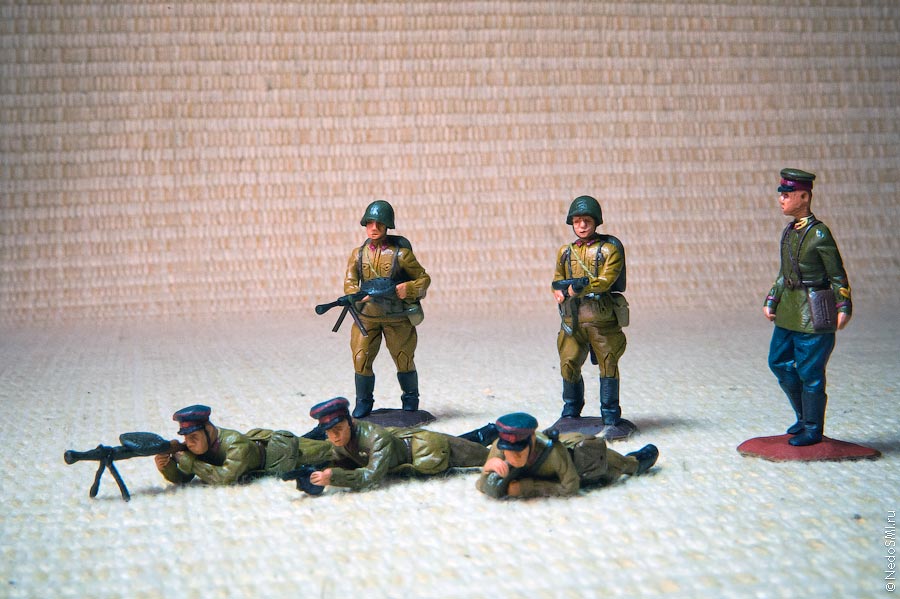
58.

59.
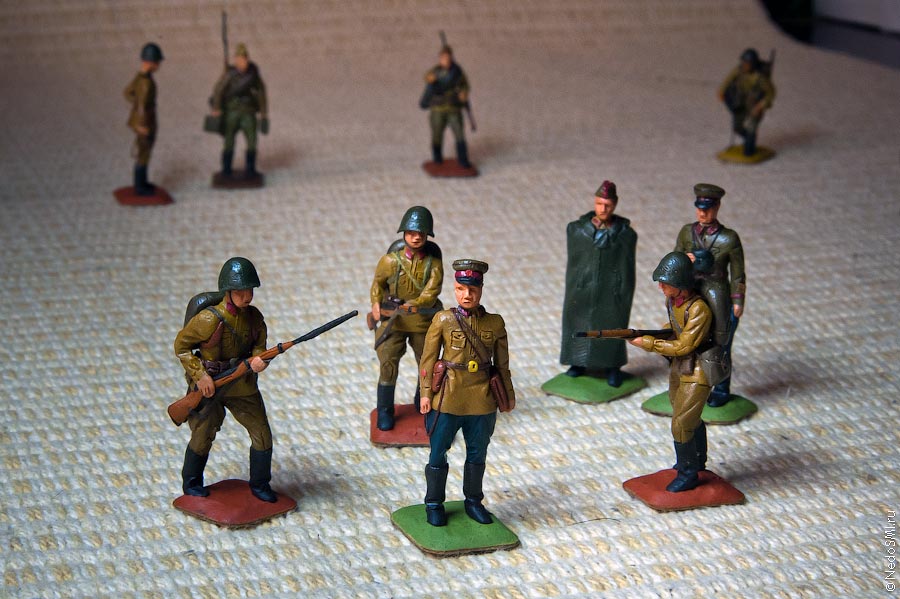
60.

61.

62.

63.

64.

65.

66.

67.

68.

69.

